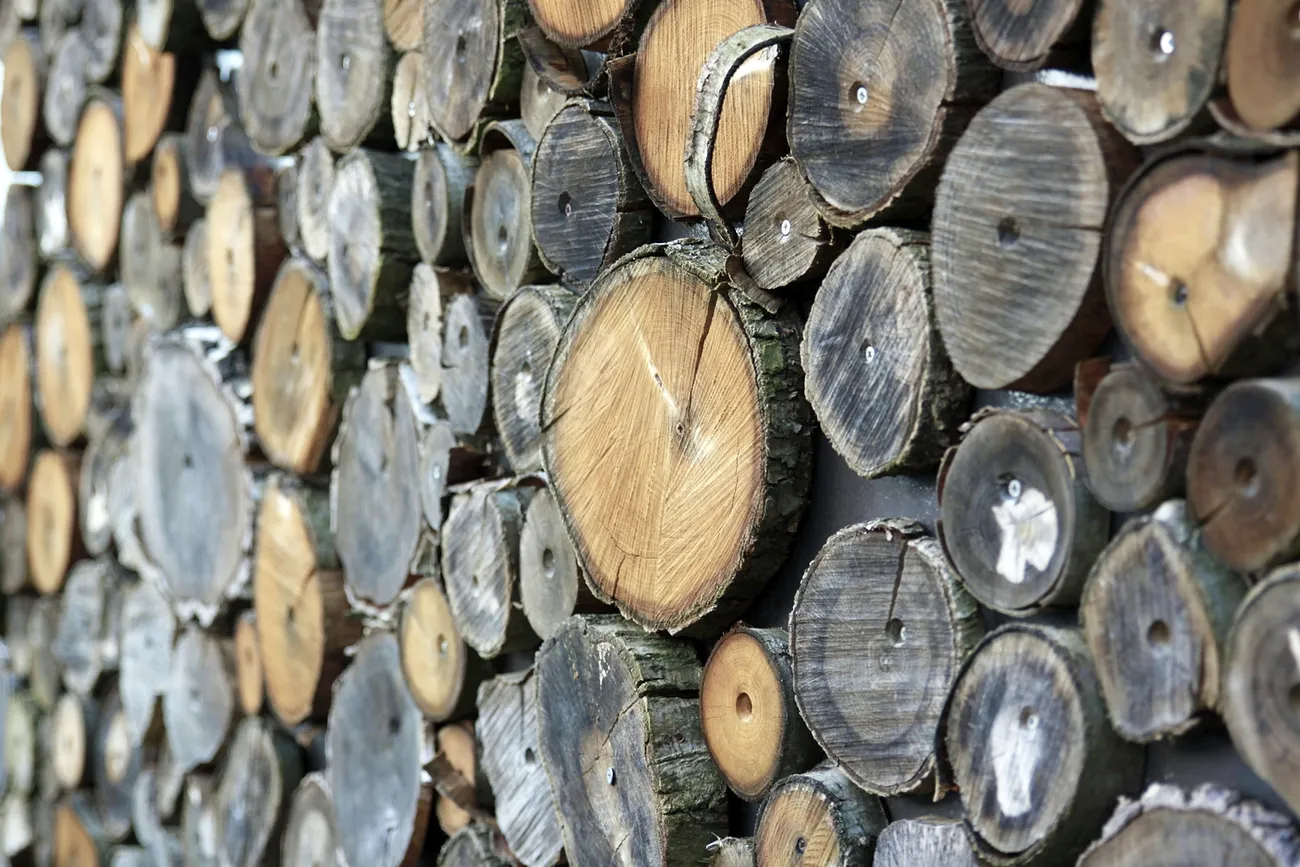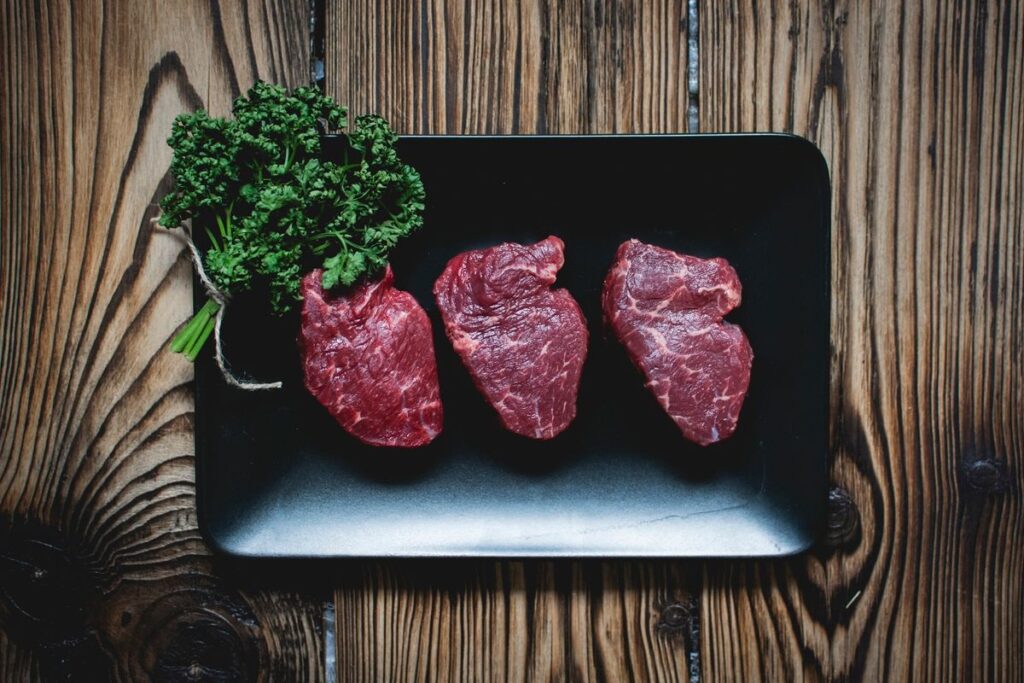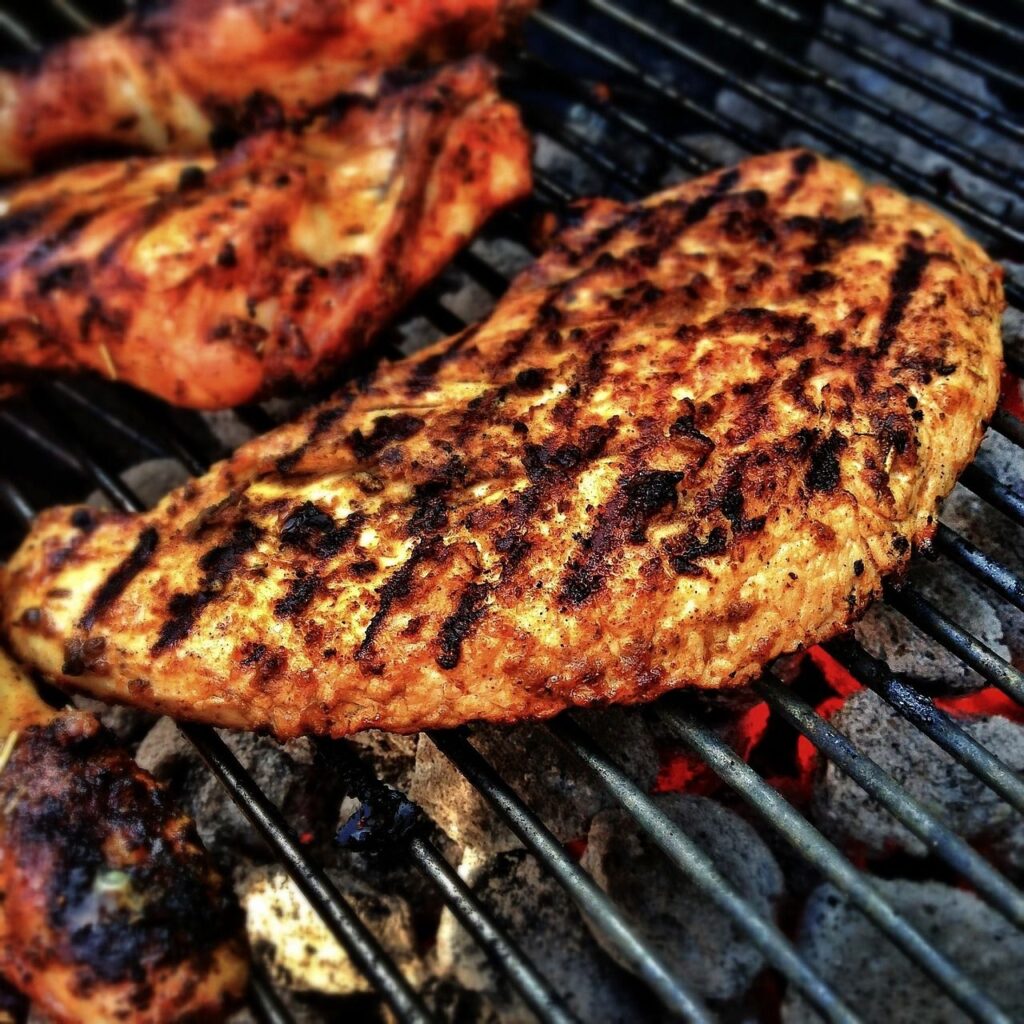
There’s a magic to traditional barbecue, a deep-seated culinary heritage that transcends mere cooking. It’s more than just putting food on a grill; it’s an art form, a conversation between fire, smoke, and meat that yields flavors and textures few modern methods can truly replicate. For generations, pitmasters have passed down their wisdom, their subtle adjustments and time-honored rituals shaping what we know and love as authentic BBQ. But in our fast-paced digital world, some of these foundational techniques are slipping from view, overshadowed by quick fixes and trendy shortcuts.
Yet, the true joy of barbecue lies in its patience, its deliberate pace, and the deep satisfaction of transforming humble ingredients into something extraordinary. There’s an undeniable charm in dedicating hours to a cut of meat, nurturing it with consistent heat and fragrant smoke, and watching it yield to fork-tender perfection. It’s a craft that empowers home cooks, connecting us to a rich history of shared meals and unforgettable outdoor gatherings.
So, prepare to rekindle your passion for the pit as we journey through 18 traditional barbecue techniques that deserve a prominent place in every cook’s repertoire. These are the methods that ensure juicy, flavorful results, the kind that make your friends and family linger at the table, savoring every bite and asking for seconds. Let’s delve into the heart of authentic barbecue and discover the timeless secrets that modern cooking blogs too often overlook.
1. **Choosing the Right Wood for Smoking**
At the very core of traditional barbecue lies the almost mystical understanding of wood. It’s not merely a fuel source; it’s a critical ingredient, infusing your meat with complex aromatics and defining its character. Just as a chef selects spices, a pitmaster carefully chooses wood, recognizing that each variety possesses a distinct personality and flavor profile that will transform the final dish.
Making the right choice means considering the intensity of the smoke and how it will complement the meat you’re cooking. The goal is a harmonious blend, not an overpowering assault on the senses. Experimentation is encouraged, but starting with an informed decision can elevate your barbecue from good to truly exceptional, setting the stage for a memorable meal that speaks of time-honored expertise.
For those just beginning their journey into traditional smoking, understanding the basic categories of wood is paramount. You want to match the wood’s flavor contribution to the type and cut of meat you’re preparing. This thoughtful approach ensures that the smoke enhances, rather than detracts from, the natural deliciousness of your barbecue.
It’s about building layers of flavor, where the smoke becomes an integral part of the experience. The nuances imparted by carefully selected wood can make all the difference, transforming a simple piece of meat into a masterpiece of texture and taste that harkens back to generations of pit cooking.
Read more about: The 13 Classic Restoration Traps Drivers Swear They’d Never Fall Into Again

2. **Utilizing Hardwoods for Strong Smoke Flavor**
When you’re aiming for that deeply satisfying, robust smoke flavor that clings to beef brisket or pork shoulder, hardwoods are your indispensable allies. These dense woods burn slower and produce a more intense, long-lasting smoke that penetrates tougher cuts of meat beautifully. They are the backbone of many regional barbecue styles, delivering the kind of assertive, rich taste that connoisseurs seek.
Hickory, with its strong, hearty flavor, is a classic choice, universally beloved for smoking beef, pork, and even wild game. Its bold character stands up well to the richness of these meats, creating a quintessential barbecue experience. It’s a dependable workhorse that delivers consistently delicious results, making it a go-to for many experienced pitmasters.
Mesquite offers a distinctively bold and earthy flavor profile, burning hot and fast, making it ideal for grilling steaks quickly when you want a strong, immediate smoke infusion. While it’s excellent for shorter cooks, its intensity means it’s used judiciously for longer barbecues to prevent bitterness. A little goes a long way with mesquite, providing that unmistakable Southwestern kick.
Oak, on the other hand, strikes a wonderful balance. It provides a milder smoke flavor compared to hickory or mesquite, making it incredibly versatile for smoking any type of meat, from brisket to ribs. Its gentle yet persistent smoke allows the natural flavors of the meat to shine through while still adding that desired depth. Oak is a fantastic choice for those who appreciate a more subtle, balanced smoky note in their barbecue.
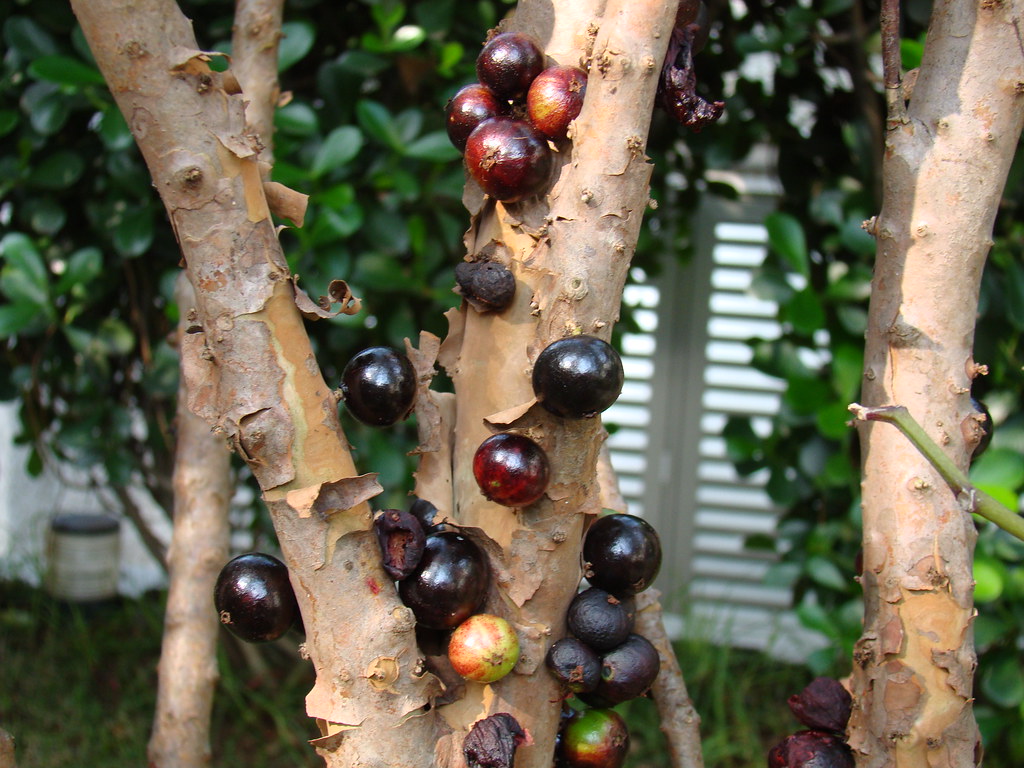
3. **Opting for Milder Fruit Woods for Delicate Meats**
While hardwoods deliver a powerful punch, not every cut of meat calls for such intensity. For lighter, more delicate proteins like fish, poultry, or even vegetables, a milder, sweeter smoke is often the preferred choice. This is where fruit woods truly shine, offering a subtle perfume that enhances without overwhelming the inherent flavors of your ingredients.
Maple, alder, and pecan provide a gentle sweetness, imparting a beautifully nuanced smoke that complements chicken or turkey wonderfully. These woods are perfect for achieving that coveted golden-brown skin and juicy interior, with a whisper of smoke that makes every bite memorable. They invite you to explore a softer side of barbecue, where subtlety reigns supreme.
Fruit woods like apple, pear, and cherry are particularly fantastic for imparting a subtle, sweet, and fruity aroma. Applewood is a perennial favorite for pork and poultry, known for its mild, sweet flavor. Cherrywood offers a slightly tart, fruity note that gives a beautiful mahogany color to the meat. These woods are perfect for adding a gourmet touch, elevating your dishes with their delicate complexity.
When working with these lighter woods, remember that some, like apple, take longer to permeate the meat. This means planning for several hours of smoking time to allow their gentle flavors to fully develop. This patience is rewarded with a beautifully infused, tender product that showcases the subtle art of smoke pairing, proving that barbecue isn’t always about the biggest, boldest flavors.
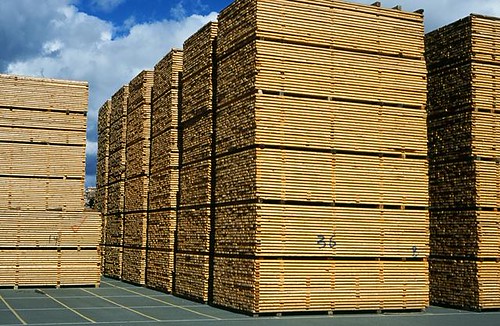
4. **Avoiding Softwoods in Smoking**
In the realm of traditional barbecue, knowing what to avoid is just as crucial as knowing what to embrace. When it comes to wood, softwoods like pine and cedar are strictly off-limits, a cardinal rule that any seasoned pitmaster will impart. The reasons for this prohibition are not just about taste, but also about the safety and integrity of your smoker and, ultimately, your food.
Softwoods are notoriously resinous, meaning they contain a high amount of sap and pitch. When burned, these resins produce a harsh, acrid smoke that imparts an unpleasant, chemical-like flavor to your meat. This taste is often described as bitter or turpentine-like, and it can irrevocably ruin hours of careful preparation, leaving you with a dish that’s simply inedible.
Beyond the flavor catastrophe, the high resin content in softwoods can also lead to excessive creosote buildup in your smoker. Creosote is a tar-like substance that is difficult to clean and can become flammable, posing a fire hazard. It also leaves behind an undesirable residue on your equipment, detracting from its performance and longevity. Therefore, steering clear of softwoods is a non-negotiable step in maintaining both flavor and safety.

5. **Mastering Low and Slow Cooking Temperatures**
If traditional barbecue has a mantra, it’s “low and slow.” This technique is not just a suggestion; it’s the very heartbeat of achieving those coveted flavors and textures that define authentic BBQ. It’s about respecting the meat, giving it the time it needs to transform under the gentle, persistent embrace of heat and smoke. Understanding and controlling your temperature is paramount.
Cooking “low and slow” generally refers to maintaining temperatures at or below 325°F (163°C) for extended periods. This specific temperature range is crucial because it operates below the point where the Maillard reaction (the browning that creates a crust) typically occurs. Consequently, the flavor of the meat itself is more subtle, which is precisely why traditional BBQ meats are often heavily seasoned with rubs and infused with smoke.
The beauty of these lower temperatures lies in their ability to ensure incredibly even cooking. When heat gradients in the meat are less steep, the entire cut cooks uniformly from edge to center. This is particularly desirable for larger cuts of meat, which might otherwise dry out on the outside long before the interior has reached its perfect doneness.
This method requires patience and attention, but the rewards are profound. By eschewing high heat for a more methodical approach, you unlock a depth of flavor and tenderness that rapid grilling simply cannot achieve. It’s a testament to the power of time and consistent, controlled heat in the art of barbecue.

Aioli a la Naomi Pomeroy
Ingredients
Equipment
Method
- Ensure all ingredients, especially the egg and lemon-water mixture, are at room temperature.
- In a tall, narrow container (or food processor), combine the egg, lemon juice-water mixture, garlic paste, and initial salt.
- Blend these ingredients briefly until just combined.
- With the immersion blender running on low (or food processor), slowly begin to drizzle in the extra-virgin olive oil in a thin, steady stream.
- Continue to slowly drizzle in the neutral oil, maintaining a thin stream, until all oil is incorporated.
- Keep blending until the mixture is thick, emulsified, and creamy.
- Taste the aioli and adjust seasoning with additional salt or lemon juice as needed to balance the flavors.
- If the aioli is too thick, you can whisk in a tiny amount of additional room-temperature water, a teaspoon at a time, until desired consistency is reached.
- Transfer the finished aioli to an airtight container and refrigerate for at least 30 minutes to allow flavors to meld and for it to firm up slightly.
- Serve chilled as a versatile condiment.
Notes
Read more about: Conquer the Kitchen: 12 Major Dinner Dishes That Challenge Even the Savviest Home Cooks
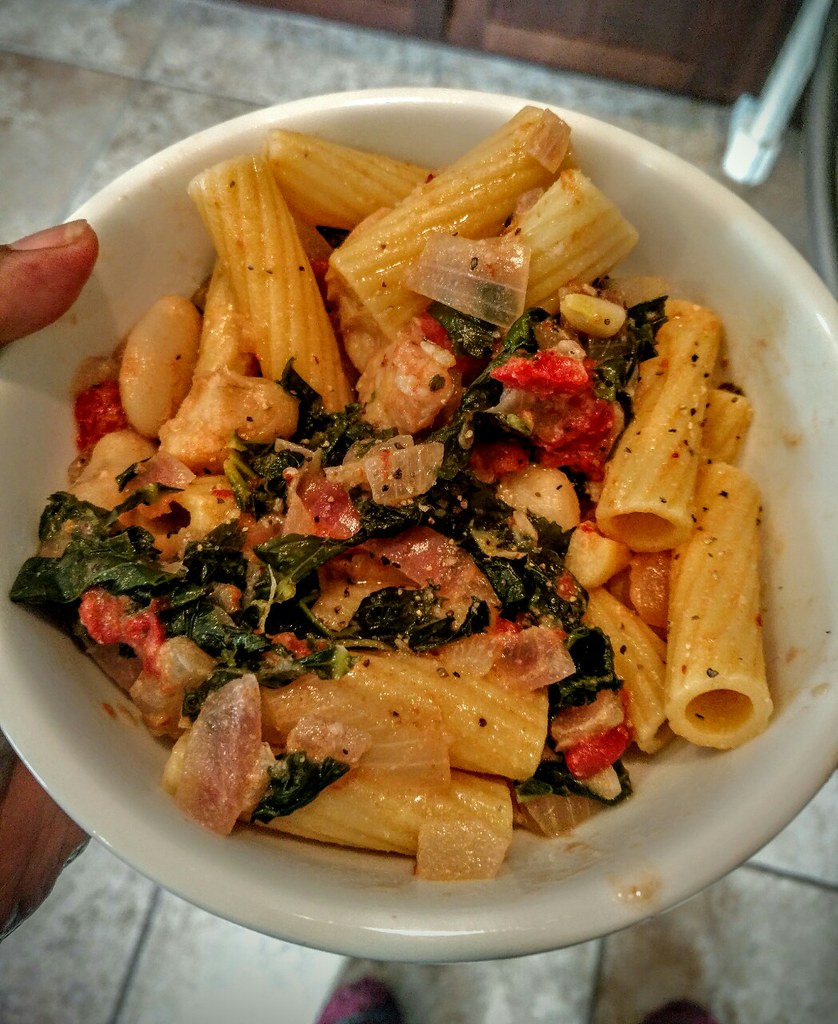
6. **Breaking Down Connective Tissues with Slow Cooking**
Beyond achieving even cooking, the low and slow method serves another vital purpose: it’s a masterclass in culinary alchemy, transforming tough, collagen-rich cuts of meat into succulent, fall-apart tender masterpieces. This process is one of the most remarkable aspects of traditional barbecue and a testament to its effectiveness.
Connective tissues, primarily composed of collagen, act like “steel cables holding up an animal’s muscles,” as the context aptly describes. These tissues are what make cuts like brisket and ribs notoriously tough if cooked quickly. However, sustained exposure to low heat over many hours initiates a magical transformation.
At these gentle temperatures, the collagen slowly begins to unwind and break down, converting into gelatin. This gelatin then melts and disperses throughout the meat, acting as an internal moisturizer. It’s this conversion that imparts the incredibly juicy, tender, and almost silky texture that is the hallmark of perfectly barbecued meat. Without this slow, patient process, the meat would remain chewy and dry.
This breakdown can take a considerable amount of time, often up to 16 hours or even more, depending on the specific cut and its size. But this lengthy cook time is not a chore; it’s an investment in flavor and texture, ensuring that every bite is a testament to the transformative power of traditional barbecue techniques. It’s the secret behind that melt-in-your-mouth experience everyone craves.
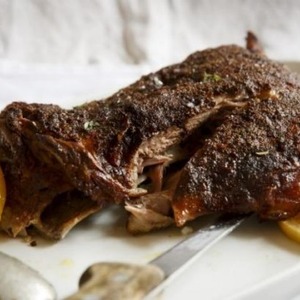
Slow-cooked lamb shoulder with baharat
Ingredients
Equipment
Method
- Combine crushed garlic, lemon zest, baharat, dried oregano, olive oil, and salt in a bowl to form a cohesive paste.
- Pat the lamb shoulder dry with paper towels, then generously rub the entire surface with the prepared spice paste. For optimal flavor infusion, marinate for at least 4 hours, or ideally overnight, in the refrigerator.
- Preheat oven to a low temperature, approximately 150°C (300°F). Place the lamb in a large roasting pan or Dutch oven, adding a splash of water or broth to the bottom of the pan.
- Cover the pan tightly with heavy-duty foil or a fitted lid and slow-cook in the preheated oven for 4 to 5 hours, or until the lamb is exceptionally tender and easily pulls apart.
- Halfway through the cooking process, check the liquid level in the pan and add more if necessary to prevent the lamb from drying out. Baste the lamb with the accumulated pan juices.
- For a slightly crispier exterior and richer color, remove the foil or lid for the final 30-45 minutes of cooking.
- Once cooked to desired tenderness, remove the lamb from the oven, keep it covered, and allow it to rest for at least 20-30 minutes. This crucial step redistributes juices for maximum succulence.
- Carefully transfer the rested lamb to a carving board. The meat should be fall-off-the-bone tender and easy to manage.
- Using two forks or your hands, shred or carve the tender lamb from the bone, discarding any excess fat or connective tissue.
- Serve the flavorful slow-cooked lamb shoulder hot, accompanied by its rich pan juices, and any desired side dishes.
Notes
Read more about: Mastering Midlife: 12 Key Foods for Men’s Strength and Unwavering Vitality After 40
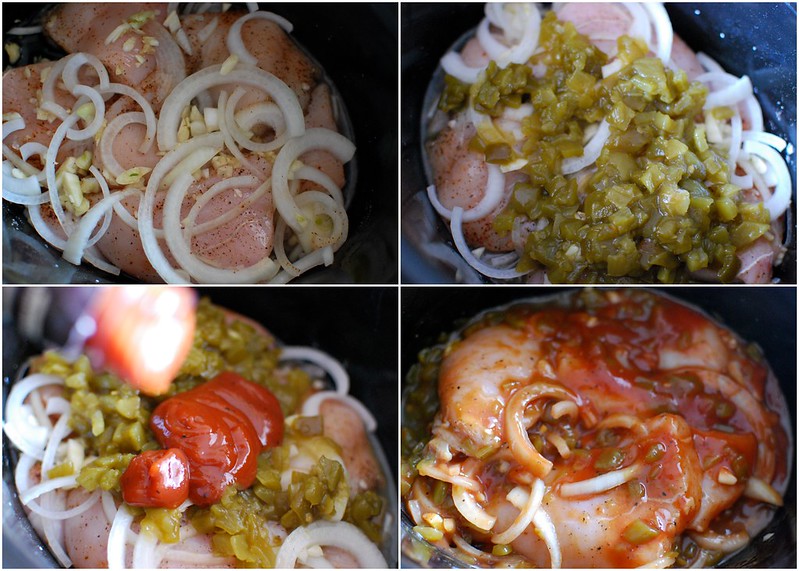
7. **Selecting Tougher Meat Cuts for Low and Slow BBQ**
One of the most economical and rewarding aspects of traditional low and slow barbecue is its ability to elevate often-overlooked, tougher cuts of meat to star status. These cuts, which might be challenging to prepare using faster cooking methods, become incredibly flavorful and tender when subjected to the patient heat of a smoker.
The key to selecting the ideal meat for this technique lies in identifying cuts with a higher percentage of collagen and connective tissue. These are the parts of the animal that benefit most from the slow conversion of collagen to gelatin. Embracing these cuts is not only cost-effective but also allows you to explore a wider range of culinary possibilities.
Prime examples include ribs (both beef and pork), brisket, and shoulders (pork or lamb). These are classic choices for a reason, known for their incredible transformation into juicy, pull-apart tender goodness. Pork belly, with its rich fat and connective tissue, also thrives in a low and slow environment, yielding exceptionally flavorful results.
Don’t limit yourself to the usual suspects, though! Chicken thighs, beef and hog jowl or cheek, octopus, and oxtail are also excellent candidates for low and slow cooking. These cuts, often overlooked, offer unique flavor profiles and textures that can truly shine when treated with the respectful patience of traditional barbecue, ensuring every part of the animal is utilized to its full, delicious potential.
Read more about: Master Your Steak Game: 12 Common Mistakes Home Cooks Make and How to Fix Them

8. **Employing Leave-in Probe Thermometers for Low and Slow**
In the world of low and slow barbecue, precision and consistency are paramount, and a reliable leave-in probe thermometer is your most trusted companion. This isn’t just a convenient gadget; it’s an essential tool that ensures your meat cooks to perfection without constantly disturbing the delicate environment of your smoker or oven.
The beauty of a leave-in probe thermometer is its ability to provide continuous, real-time temperature readings. This allows you to monitor the internal temperature of your meat and the ambient temperature of your cooking chamber without having to lift the lid or open the door. Each time you open your cooker, precious heat and smoke escape, prolonging cooking times and potentially affecting consistency.
By keeping the cooking environment stable, you maintain those crucial low temperatures that enable collagen breakdown and even cooking. The thermometer takes the guesswork out of the equation, allowing you to track progress accurately and intervene only when necessary, whether that’s adjusting the fuel or preparing for the next stage of your cook.
Ultimately, this tool empowers you to achieve the desired level of doneness every single time, ensuring your barbecue is perfectly tender and juicy, never undercooked or overdone. It’s an indispensable aid for any home cook serious about mastering the nuances of traditional slow-cooked meats, making the process both more efficient and more reliable.
9. **The Art of Brining Meat for Enhanced Flavor and Tenderness**
Brining is an often-underestimated yet essential step in preparing meat for traditional barbecue, particularly for leaner cuts that are prone to drying out during long cooks. It’s a simple process, yet its impact on both the flavor and texture of your protein of choice is profoundly significant, acting as a secret weapon for juicy, tender results.
At its heart, brining involves submerging meat in a saltwater solution for a period of time. This isn’t just about adding salt; it’s a scientific process called osmosis, where the salt solution penetrates the meat, causing the muscle fibers to absorb moisture. This additional moisture is then locked in, helping the meat stay incredibly juicy throughout the cooking process, even under the drying effects of smoke and heat.
Beyond moisture retention, brining is also a fantastic vehicle for introducing flavor directly into the meat. While salt is the primary component, a traditional brine can be enhanced with a host of other ingredients like sugar, peppercorns, garlic, bay leaves, and various herbs and spices. These additions infuse the meat from the inside out, creating a depth of flavor that a surface rub alone cannot achieve.
Brining is particularly effective for poultry, game birds, and leaner cuts of pork or beef, transforming them from potentially dry fare into succulent, flavorful dishes. It’s a foundational technique that demonstrates a deep understanding of how to treat meat, ensuring that every bite of your traditional barbecue is moist, tender, and bursting with flavor.
Read more about: Seriously Where Did They Go? 15 Iconic American Foods That Vanished From Our Tables.

10. **Grilling the Perfect Steak: A Traditional Approach**
As we continue our journey into the heart of traditional barbecue, let’s turn our attention to one of the most beloved and celebrated cuts: the steak. While low and slow reigns supreme for many BBQ staples, mastering a perfectly grilled steak requires a different kind of finesse, one that still honors time-tested methods to achieve that coveted juicy, tender perfection. It’s a wonderful way to kick off summer, or simply elevate any meal with friends and family.
The process begins, as always, with selecting the right cut. Whether you lean towards a robust ribeye, a classic New York strip, or a luxurious filet mignon, the quality of your steak sets the stage. The context suggests a 1-inch thick New York strip steak for guidance, emphasizing that letting your steak come to room temperature before grilling is a crucial preliminary step. This simple act ensures that the meat cooks evenly, preventing a cold center and overcooked exterior.
Preparing your steak for the grill also involves a quick pat-down. Removing excess moisture with a paper towel isn’t just a trivial detail; it’s a smart move that helps achieve a superior sear. Once dry, it’s time for seasoning. A simple sprinkle of salt and pepper can be wonderfully effective, allowing the natural flavors of the beef to shine. However, for those who love to experiment, a dry rub featuring rock salt, black peppercorns, dried garlic and onion, fennel seeds, and red chili pepper flakes, ground with a mortar and pestle, offers a fantastic avenue for flavor exploration.
Now for the grilling itself: preheat your grill to a screaming high heat, between 450-550 degrees F, and establish two heat zones—one side with a high flame, the other unlit and cooler. Place your seasoned steak on the hot side, searing for just 1-1.5 minutes per side to build that beautiful golden-brown crust and impressive grill marks. Then, move it to the cooler side, allowing it to cook gently until it reaches your desired doneness, ensuring a perfectly cooked interior.
To confidently achieve that ideal doneness, an instant-read thermometer is your best friend. For a rare steak, aim for 120-130 degrees F, while medium-rare lands between 130-140 degrees F. A medium steak boasts a warm pink center at 140-145 degrees F, progressing to medium-well at 145-155 degrees F, and finally well-done around 160 degrees F. Once off the grill, resist the urge to cut immediately! Resting the steak on a platter for at least 15 minutes allows those delicious juices to redistribute throughout the meat, ensuring every slice is incredibly tender and succulent. Serving it with a compound herb butter, if desired, adds an extra touch of indulgence.
Read more about: America’s Ultimate Sandwich Showdown: 15 Top Picks for Unbeatable Ingredient Freshness
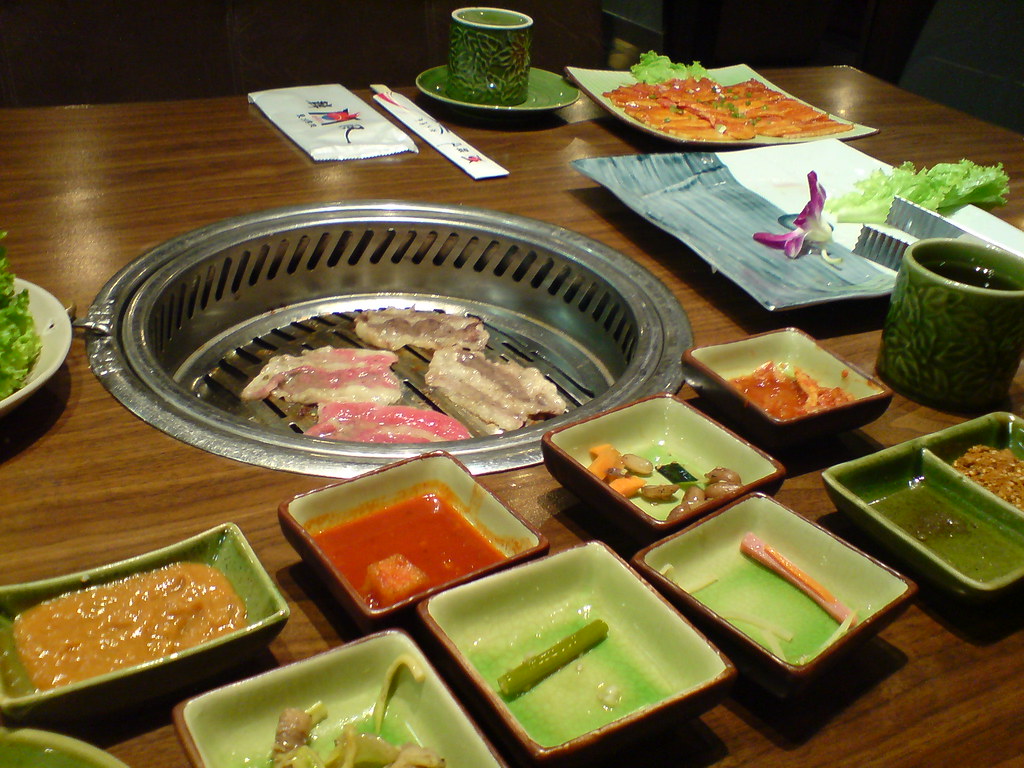
11. **Crafting Your Own Barbecue Sauce: The Heart of Regional Flavors**
While the pure, smoky flavor of expertly cooked meat is often the star, a thoughtfully crafted barbecue sauce can elevate the experience to new heights. It’s an accompaniment that, though not strictly required for all traditional styles, becomes a beloved signature for many. The beauty of traditional barbecue sauces lies in their incredible diversity, reflecting the rich tapestry of regional traditions across North America.
From the clear, peppered vinegars of some traditions to the thick, sweet, tomato and molasses-based concoctions, and even distinctive mustard-based sauces, each tells a story of local tastes and culinary history. The ingredients may vary wildly, but the goal remains the same: to complement and enhance the deliciousness of your smoked and grilled meats. Making your own from scratch is a deeply satisfying part of the barbecue craft.
To embark on your sauce-making adventure, you’ll need a simple yet potent lineup of ingredients. A traditional base often includes ketchup, brown sugar for sweetness, and vinegar—either red wine or apple cider—for that essential tangy kick. Water helps achieve the right consistency, while Worcestershire sauce adds a layer of savory depth. Dry mustard, paprika, salt, black pepper, and a touch of hot sauce round out the flavor profile, allowing you to build a complex, balanced sauce right in your own kitchen.
The process itself is wonderfully straightforward. Combine all your chosen ingredients in a medium saucepan. Gently bring the mixture to a simmer over medium heat, allowing the flavors to meld and develop. Once simmering, reduce the heat to low and continue to cook, stirring frequently, until your sauce reaches a beautiful, thickened consistency, which usually takes about 20 minutes. For those who desire an even more intense flavor and a richer texture, bringing the sauce to a full boil for just one minute before simmering down can achieve wonderful results.
Once your sauce has achieved its perfect balance of flavor and texture, allow it to cool completely before transferring it to a storage container and refrigerating. This homemade elixir will not only impress your guests but also give you the freedom to customize and fine-tune flavors to your exact preference. It’s a rewarding step in truly mastering traditional barbecue, adding a personal touch that store-bought varieties simply can’t match.

12. **The Essence of Texas BBQ: A Storied Tradition**
Stepping into the realm of Texas BBQ is like entering a culinary cathedral, where time-honored traditions and deep-seated pride are baked into every succulent bite. It’s more than just cooking meat; it’s a revered art form, a generations-old practice that speaks volumes about dedication and skill. The unique techniques of Texas barbecue create flavors that have captivated taste buds for generations, distinguishing it significantly from other regional styles.
What makes Texas BBQ truly unique, as the context highlights, is its distinct emphasis on beef, with brisket reigning supreme. This focus, combined with the specific use of dry rubs and post-oak wood for smoking, creates a flavor profile that is immediately recognizable and deeply satisfying. It’s a style that champions simplicity, believing that the inherent quality of the meat, lovingly prepared, should be the star of the show, rather than being masked by overly complex sauces or marinades.
Understanding the foundational techniques behind this beloved culinary art is essential for anyone aspiring to master the perfect barbecue. Every single step, from the carefully chosen wood used for smoking to the precise blend of seasonings in the rubs, plays a significant, almost sacred, role in achieving that authentic Texas BBQ flavor. It’s a philosophy that values patience, precision, and a profound respect for the ingredients.
A key element that defines Texas BBQ is its unwavering emphasis on slow cooking over indirect heat. This deliberate methodology allows the meat ample time to tenderize, breaking down tough fibers and rendering fat into luscious juiciness. Simultaneously, it allows the rich, smoky flavor profiles, so characteristic of traditional Texas BBQ, to develop fully and deeply permeate the meat. This isn’t just a cooking method; it’s a commitment to extraordinary flavor.
Beyond brisket, popular meat cuts in Texas BBQ also include ribs and sausage, each demanding its own unique preparation and cooking time to ensure optimal results. By embracing and mastering these specialized techniques, home cooks can truly elevate their BBQ game, impressing friends and family with mouth-watering, authentic Texas-style barbecue that honors a rich, flavorful heritage.
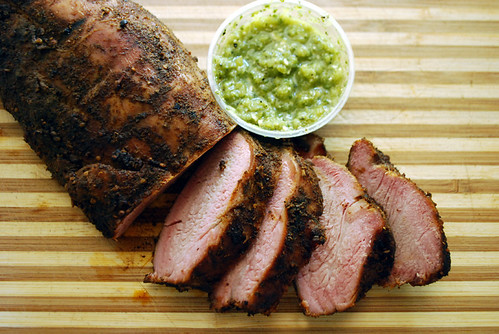
13. **Mastering the Texas Brisket: A Test of Patience and Skill**
In the pantheon of Texas BBQ, mastering the brisket is perhaps the ultimate test of a pitmaster’s patience and skill. It’s a challenging cut, yet when done right, it yields an unparalleled eating experience—tender, smoky, and bursting with beefy flavor. Achieving this pinnacle of barbecue requires more than just heat; it demands a deep understanding of the meat and the cooking process.
The journey to a perfect brisket begins long before it ever touches the smoker. The most crucial initial step is selecting the right cut of meat. You’re looking for a well-marbled piece, ideally with a thick fat cap still intact. This marbling—the intramuscular fat—is vital for rendering a juicy and flavorful end result, while the fat cap protects the meat from drying out during its long cook, slowly basting it from above as it melts.
Traditional Texas barbecue techniques involve slow-smoking the meat for hours on end. This extended period in the smoker allows the flavors to develop fully, transforming the tough connective tissues into succulent gelatin. It’s a testament to the power of low and slow, a process that cannot be rushed if you desire that melt-in-your-mouth texture. The pitmaster’s commitment to this patient approach is what truly distinguishes an exceptional brisket.
The cooking method typically utilizes a combination of wood chips and charcoal in the grill or smoker. This blend is crucial for achieving that classic smoky flavor that barbecue enthusiasts cherish and expect from Texas brisket. The smoke from the wood infuses the meat, creating a beautiful bark and a deep, complex taste that is the hallmark of authentic Texas BBQ.
Remember, the context reminds us that patience is key when it comes to mastering the art of brisket. It’s not a race; it’s a marathon of flavor, heat, and smoke. Dedicate the time, respect the process, and you’ll be rewarded with a brisket that is nothing short of legendary, a true centerpiece for any gathering.
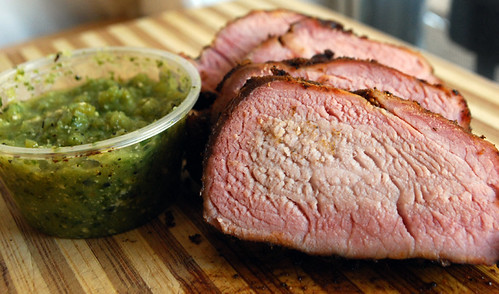
14. **Exploring Texas Smoking Methods: Indirect Heat and Wood Chips**
The authentic and mouth-watering flavor that defines Texas barbecue is inextricably linked to its distinctive smoking methods. These techniques are not merely about applying heat; they are about orchestrating a delicate dance between smoke, temperature, and time to create tender, flavorful cuts of meat. Understanding these traditional approaches is fundamental to elevating your barbecue game.
One of the most popular and foundational smoking methods employed in Texas BBQ is the indirect heat method. This technique involves cooking the meat at a consistently low temperature, but crucially, not directly over the heat source. Instead, the heat and smoke circulate around the meat over a longer period, allowing the smoke to gently infuse into the meat. This slow, indirect exposure to heat and smoke is what yields that characteristic tender texture and deep flavor profile.
Another indispensable traditional technique is the deliberate use of wood chips or chunks to impart smokiness to the meat. This isn’t just about fuel; it’s about flavor. Different types of wood are chosen for their unique aromatic properties, with oak, hickory, or mesquite being particularly prominent in Texas barbecue. Each wood type contributes distinct flavors, from robust and hearty to bold and earthy, creating a signature taste that varies with the pitmaster’s choice.
In the context of Texas BBQ, the emphasis is often on maintaining a consistent, clean smoke rather than thick, acrid plumes. The low-and-slow approach, combined with indirect heat, ensures that the meat slowly absorbs the delicate flavors of the burning wood, resulting in a beautifully tender product with a perfect smoke ring and a savory, smoky bark. This careful control over the smoking environment is a hallmark of truly authentic Texas style.
These smoking methods are part of a larger tradition that seeks to maximize the inherent qualities of the meat. By patiently applying indirect heat and carefully selected wood smoke, pitmasters achieve a transformation that rapid grilling simply cannot replicate. It’s an art form that transforms humble cuts into culinary masterpieces, making every bite a testament to generations of expertise.

15. **The Post-Oak Secret: Texas Wood Selection**
While we’ve discussed the general principles of wood selection earlier, the specific choice of wood in Texas barbecue holds a place of almost mythical importance. When it comes to mastering the art of traditional Texas BBQ, selecting the right wood is far more than a detail; it is absolutely essential for forging that perfect, signature smoky flavor. It’s a key ingredient, not just a fuel source, that dictates the very essence of the finished dish.
Different types of wood impart unique flavors to the meat, a fact deeply understood by Texas pitmasters. The context reveals that post-oak wood is especially prized in Texas BBQ. Its significance cannot be overstated, as it contributes a distinctive smoke that is central to the style’s identity. This choice isn’t arbitrary; it’s a deliberate decision rooted in generations of experience, aiming for a specific, beloved flavor profile.
Oak wood in general, including post-oak, provides a wonderfully balanced and milder smoke flavor compared to the more intense hickory or mesquite. This characteristic makes it incredibly versatile and suitable for smoking any type of meat, from the most revered brisket to succulent ribs. The subtle yet persistent smoke from post-oak allows the rich, beefy flavors of the meat to shine through beautifully, while still adding that desirable depth and complexity that defines Texas barbecue.
The context explicitly mentions hickory for its strong, hearty flavor, great for smoking beef, pork, and wild game. Mesquite, with its bold and earthy profile, is noted as perfect for quickly grilling steaks, adding a rich, immediate flavor. However, for the long, slow cooks that Texas BBQ is famous for, especially brisket, post-oak tends to be the preferred choice, offering a cleaner, less overpowering smoke that builds character over many hours.
Experimenting with various wood types and combinations can indeed help customize the taste of your barbecue to perfection. Yet, for an authentic Texas experience, embracing post-oak is a fundamental step. It underscores the profound truth that the wood you choose truly can make all the difference in achieving barbecue success, acting as the invisible architect of flavor in every bite.

16. **Dry Rubs and Simplicity: The Texas Seasoning Philosophy**
In many barbecue traditions, sauces are slathered on early and often. But Texas BBQ often takes a wonderfully minimalist and deeply effective approach to seasoning: the dry rub. This philosophy underscores the belief that the quality of the meat itself should be the primary focus, with seasonings designed to enhance, rather than overpower, its natural deliciousness. It’s a testament to the idea that sometimes, less is truly more.
Traditional Texas BBQ is particularly known for its reliance on dry rubs. These aren’t typically complex blends with dozens of ingredients; instead, they often consist of surprisingly simple elements. The context highlights that traditional Texas BBQ uses “dry rubs made up of simple ingredients like salt, pepper, and paprika.” This elegant simplicity allows the flavor of the beef, especially brisket, to truly shine through, becoming the star of the show.
The beauty of a simple dry rub lies in its ability to create a flavorful crust, or “bark,” on the surface of the meat during the long smoking process. This bark, often dark and intensely flavorful, is a highly prized component of Texas barbecue. The salt draws out moisture initially, then as the meat cooks, the rub adheres and caramelizes, locking in flavor and creating a textural contrast to the tender interior.
While salt, pepper, and paprika form the classic foundation, many pitmasters develop their own subtle variations, perhaps adding a touch of garlic powder or a whisper of cayenne for a little kick. The key, however, remains restraint. The goal is to season the meat thoroughly and evenly, providing a flavorful exterior that harmonizes with the deep, smoky taste imparted by the post-oak wood, rather than competing with it.
Embracing this simple dry rub philosophy is an essential step for home cooks aiming to replicate the authentic flavors of Texas BBQ. It teaches us the power of fundamental ingredients and the art of letting quality meat speak for itself, proving that exquisite barbecue doesn’t always require an elaborate spice cabinet, but rather a keen understanding of balance and tradition.
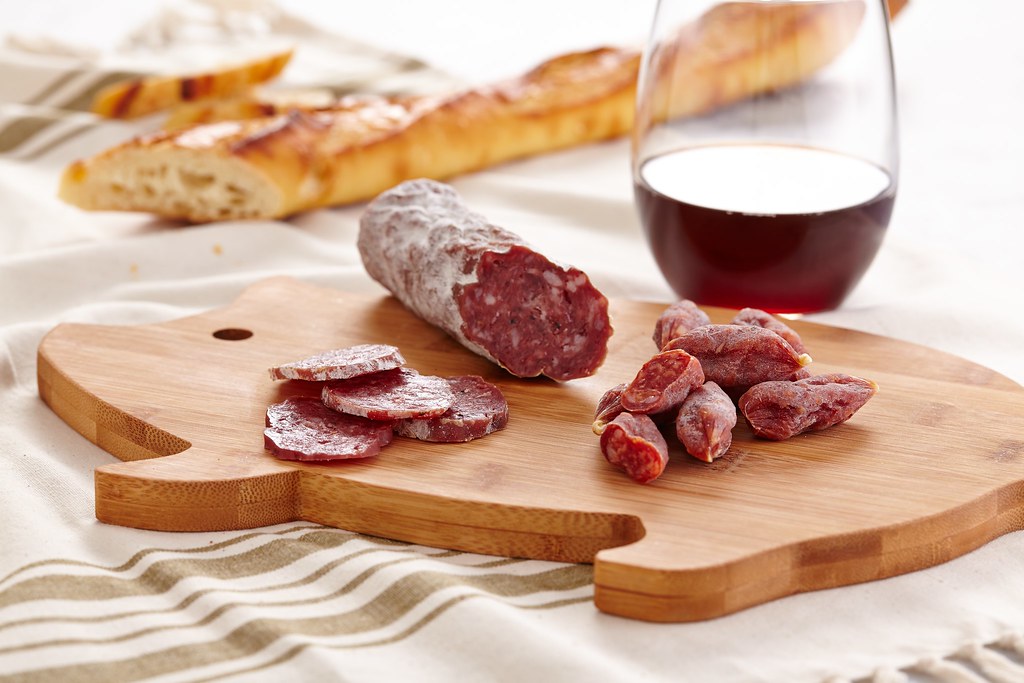
17. **The Art of Resting Meat: A Texas Barbecue Must-Do**
After hours of careful attention, precise temperature control, and the magic of smoke, there’s one final, crucial step that often gets overlooked in the rush to eat: resting the meat. In traditional Texas BBQ, allowing the meat to rest after cooking isn’t just a suggestion; it’s a non-negotiable part of the process, a final act of patience that ensures maximum juiciness and flavor. It’s a moment of anticipation, where the meat truly completes its transformation.
The context explicitly mentions “letting the meat rest after cooking to allow the flavors to meld together.” This seemingly simple act is, in fact, a scientific marvel. During cooking, the muscle fibers of the meat contract, pushing juices towards the center. If you slice into the meat immediately, those precious juices will simply run out onto your cutting board, leaving you with a drier, less flavorful product.
Resting allows the muscle fibers to relax and reabsorb those juices, redistributing them evenly throughout the entire cut. This results in a far juicier, more tender, and ultimately more flavorful piece of barbecue. The longer and slower the cook, the more critical this resting period becomes, especially for large cuts like a Texas brisket, which has undergone an extensive cooking journey.
While the exact resting time can vary depending on the size of the meat, generally, larger cuts benefit from a longer rest, sometimes up to an hour or even more. This period also gives the internal temperature a chance to equalize, ensuring a more consistent doneness from edge to center. Often, the meat is loosely tented with foil during this time to retain heat without steaming the bark.
Embracing the art of resting meat is a sign of a truly skilled pitmaster. It demonstrates a profound respect for the ingredients and an understanding that the culinary journey isn’t over until every last drop of flavor is perfectly in place. For home cooks aspiring to Texas BBQ excellence, patience through this final step is paramount, promising a reward of unparalleled juiciness and an unforgettable eating experience.
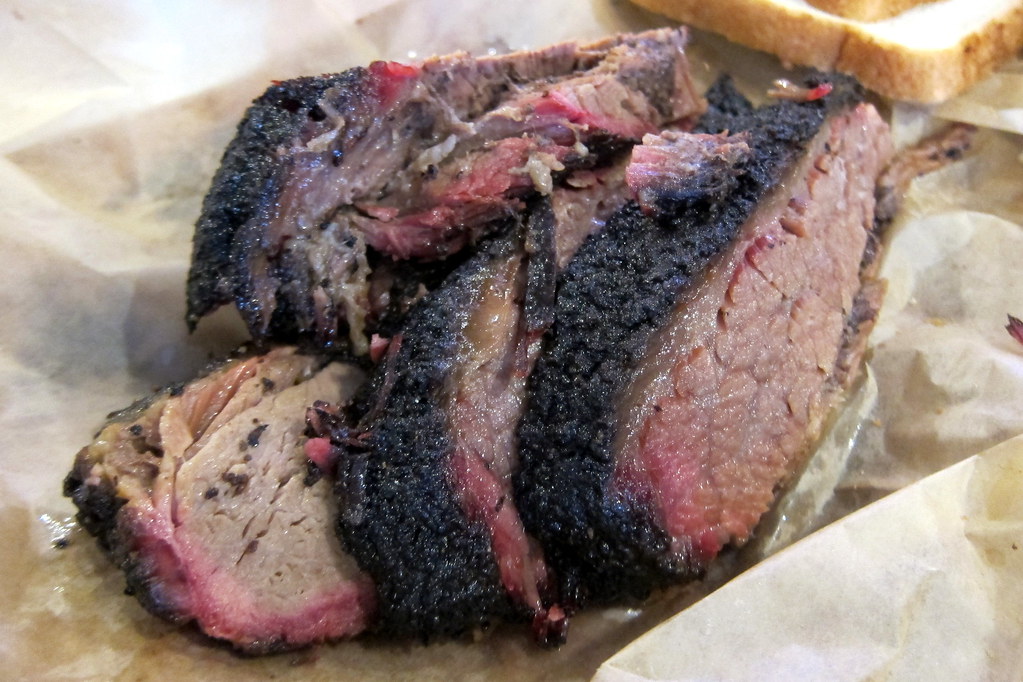
18. **Essential Equipment for the Texas Pitmaster**
To truly delve into the world of traditional Texas BBQ, having the right tools is just as important as mastering the techniques. While the spirit of barbecue is about simplicity and tradition, certain pieces of equipment are considered absolutely essential for any aspiring pitmaster looking to replicate the authentic Texas experience. These are the foundations upon which legendary barbecue is built.
The cornerstone of traditional Texas BBQ equipment is unequivocally a wood-burning smoker. This isn’t merely a grill; it’s a specialized apparatus designed to harness the power of indirect heat and wood smoke over many hours. The context emphasizes that essential equipment includes “a wood-burning smoker,” highlighting its critical role in imparting those deep, complex smoky flavors that define the Texas style. It’s where the magic truly happens.
Another indispensable tool, crucial for precision and consistency, is a reliable meat thermometer. As we’ve explored, achieving specific internal temperatures is vital for transforming tough cuts into tender masterpieces and for ensuring food safety. The context specifically lists “a reliable meat thermometer to ensure the meat is cooked to perfection.” This takes the guesswork out of the cooking process, empowering you to hit those perfect doneness levels every single time without constantly opening your smoker.
And, of course, the fuel itself plays a starring role. Quality wood, particularly “post-oak for smoking,” is not just an optional extra; it’s a fundamental requirement. The type of wood directly influences the flavor profile, and post-oak is the preferred choice for authentic Texas brisket. Investing in good quality, seasoned wood is an investment in the flavor of your barbecue, ensuring a clean, consistent smoke that enhances rather than overwhelms.
While these three – the wood-burning smoker, a reliable meat thermometer, and quality post-oak wood – form the core, other items like sturdy tongs, heat-resistant gloves, and a sharp carving knife for the grand reveal, also prove invaluable. For home cooks, replicating the flavors of Texas BBQ means investing wisely in these essential pieces. They are the enablers of a rich tradition, allowing you to create barbecue that speaks of generations of pit mastery right in your own backyard.
Read more about: Taste of History: 14 Iconic Recipes from U.S. Presidents and First Ladies to Try at Home
As we wrap up our exploration of these 18 traditional barbecue techniques, it’s clear that the world of authentic BBQ is a rich tapestry woven with patience, passion, and a deep respect for both ingredients and heritage. From understanding the nuanced language of wood smoke to embracing the deliberate pace of low-and-slow cooking, and then diving into the distinct, beef-centric traditions of Texas, each technique offers a pathway to truly unforgettable flavors. These aren’t just cooking methods; they are culinary stories, passed down through generations, waiting to be rekindled in your own kitchen or backyard. So go ahead, fire up that pit, and let the timeless art of traditional barbecue transform your meals and create memories that linger long after the last delicious bite.

